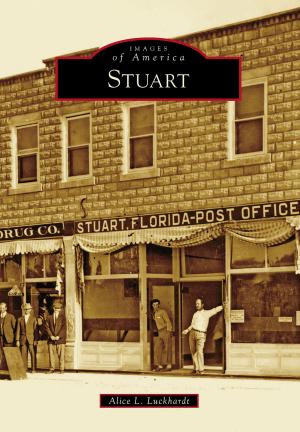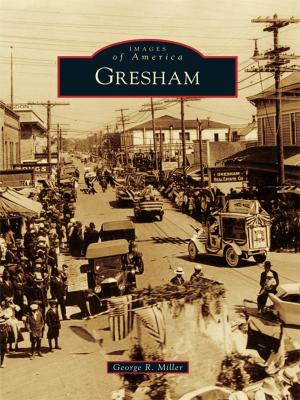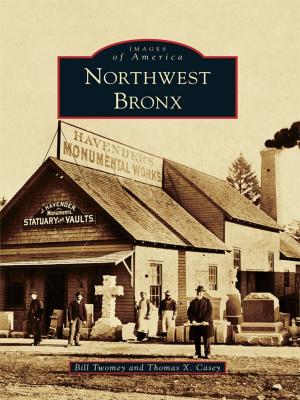| Author: | Ray Hanley | ISBN: | 9781439651797 |
| Publisher: | Arcadia Publishing Inc. | Publication: | June 8, 2015 |
| Imprint: | Arcadia Publishing | Language: | English |
| Author: | Ray Hanley |
| ISBN: | 9781439651797 |
| Publisher: | Arcadia Publishing Inc. |
| Publication: | June 8, 2015 |
| Imprint: | Arcadia Publishing |
| Language: | English |
Little Rock is a sprawling city of about 200,000 at the center of a metropolitan area of more than 500,000 people, with many residing in bedroom communities in adjoining counties. Arkansas's capital city is much like the rest of Middle America with its outlying suburbs, gated communities, and shopping centers miles from the historic core. A century ago, however, Little Rock was markedly different and served a population of fewer than 50,000. The majority of citizens lived within blocks of the town center and did business downtown along rows of shops that, in many cases, dated to the late 1800s. Images of America: Lost Little Rock uses vintage photographs to reflect upon earlier times and the rich retail landscape that once filled the town. By exploring the legacies of buildings that have since been demolished, repurposed, or destroyed by fire, these images provide a sense of Little Rock's lesser-known heritage.
Little Rock is a sprawling city of about 200,000 at the center of a metropolitan area of more than 500,000 people, with many residing in bedroom communities in adjoining counties. Arkansas's capital city is much like the rest of Middle America with its outlying suburbs, gated communities, and shopping centers miles from the historic core. A century ago, however, Little Rock was markedly different and served a population of fewer than 50,000. The majority of citizens lived within blocks of the town center and did business downtown along rows of shops that, in many cases, dated to the late 1800s. Images of America: Lost Little Rock uses vintage photographs to reflect upon earlier times and the rich retail landscape that once filled the town. By exploring the legacies of buildings that have since been demolished, repurposed, or destroyed by fire, these images provide a sense of Little Rock's lesser-known heritage.















